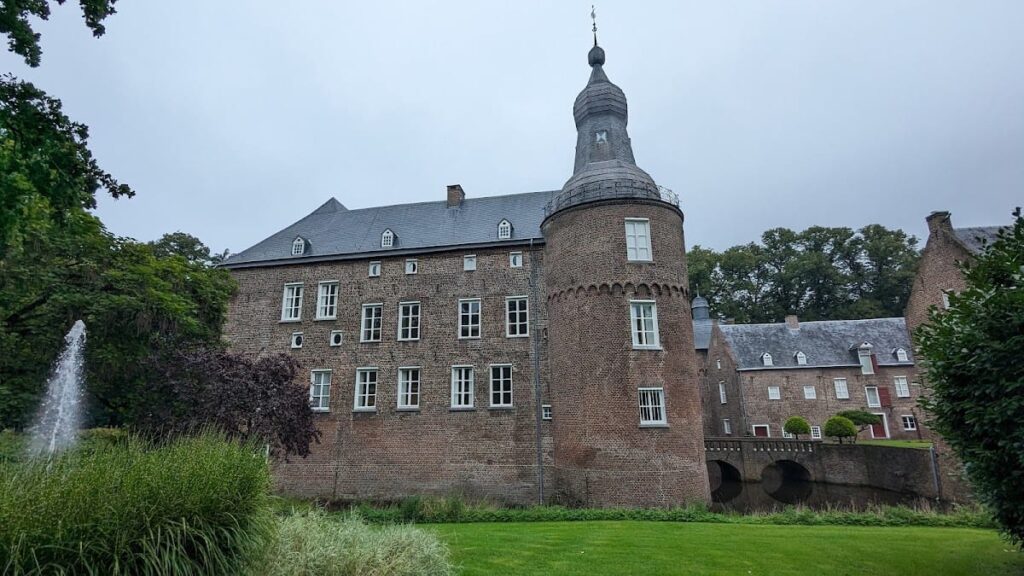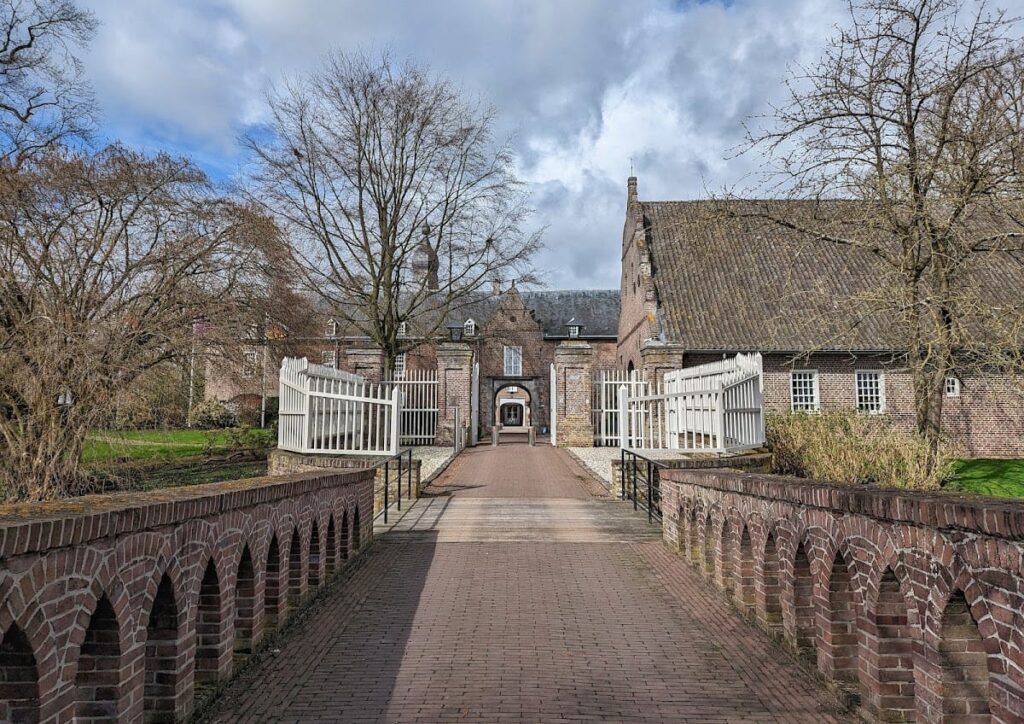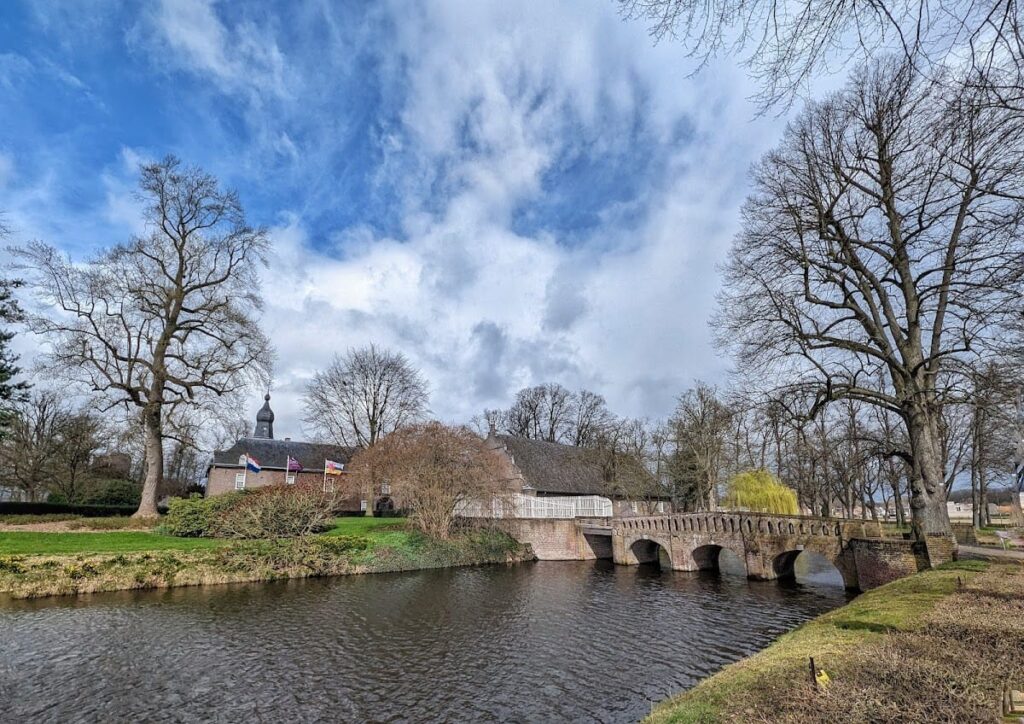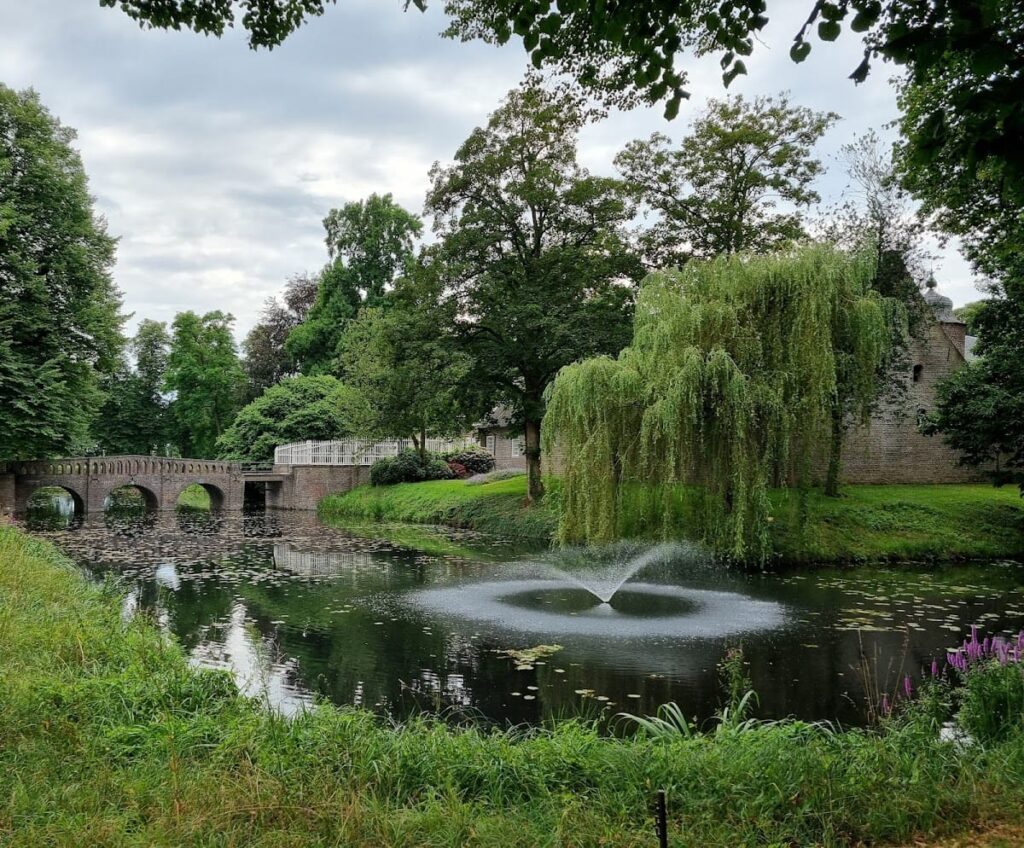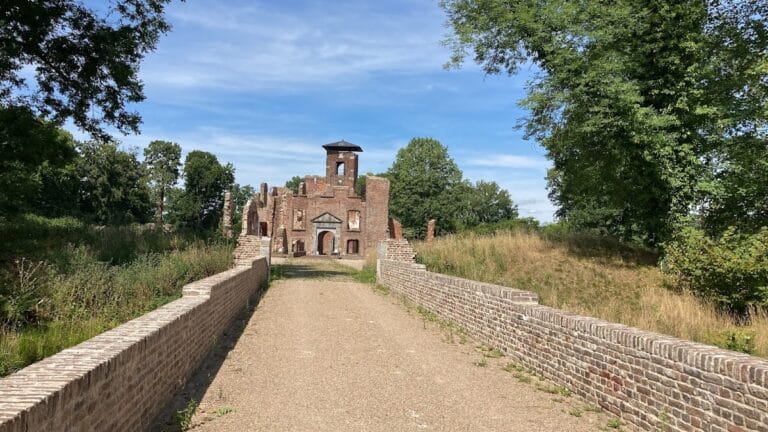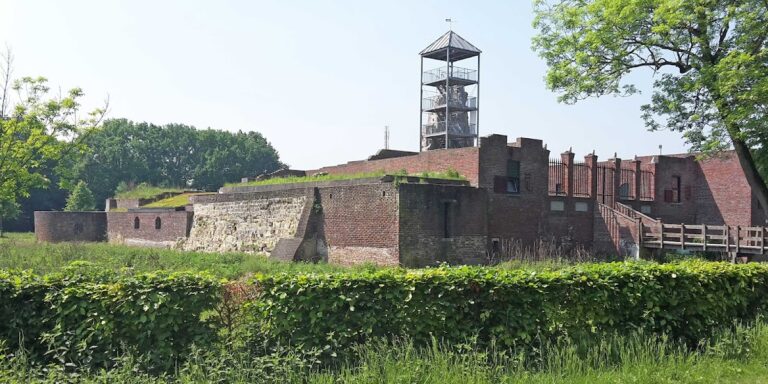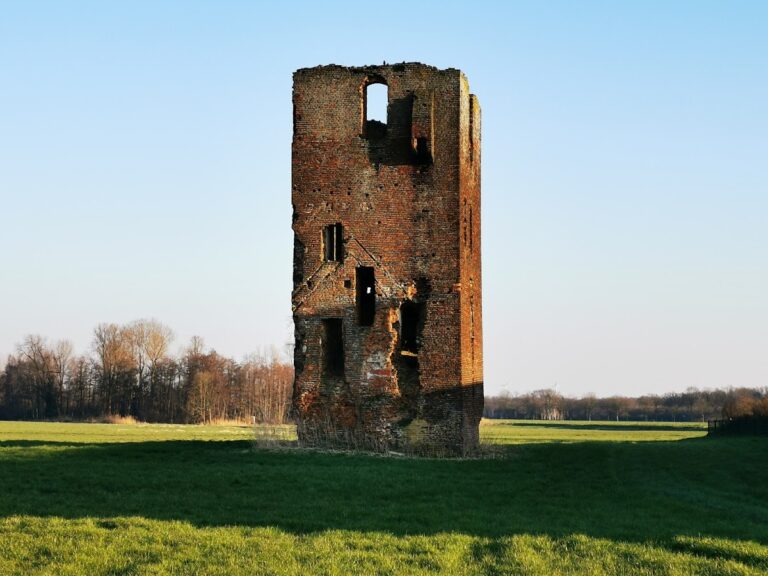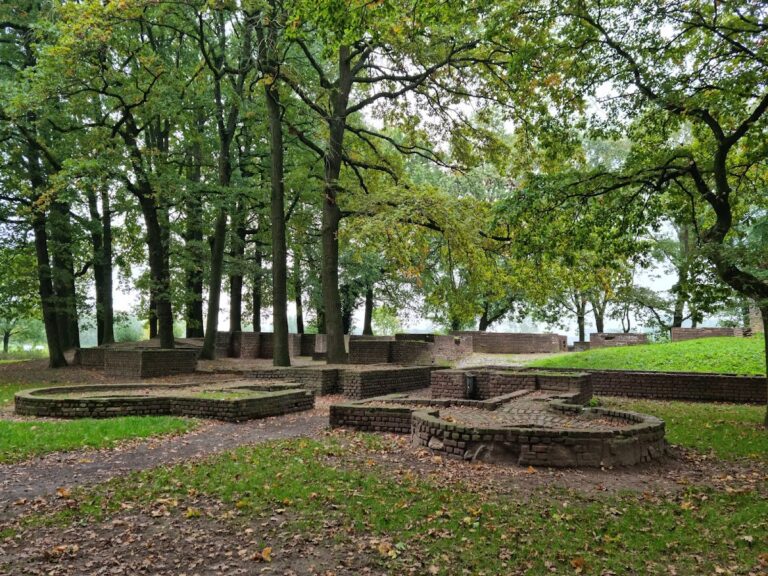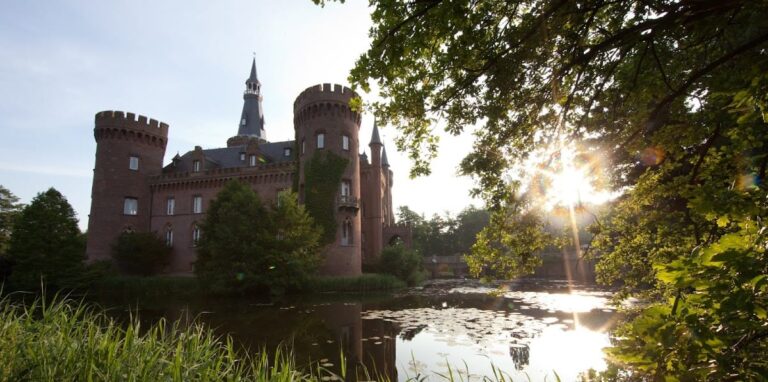Well Castle: A Historic Water Castle in Gelderland, Netherlands
Visitor Information
Google Rating: 4.4
Popularity: Very Low
Google Maps: View on Google Maps
Official Website: emerson.edu
Country: Netherlands
Civilization: Medieval European
Remains: Military
History
Well Castle, located in the village of Well within the Gelderland province of the Netherlands, was established in the 14th century. Its origins trace back to the construction of a residential tower, which formed the core of the castle. The early occupants of the castle remain unknown, and no specific records detail its initial ownership or function during this period.
In 1672, known as the Rampjaar or “Disaster Year,” the castle endured significant damage caused by French troops. This event marked a turning point in the castle’s history, reflecting the broader military conflicts affecting the region at that time.
The 19th century saw notable changes to the castle’s structure. A round corner tower was added, enhancing its defensive and residential features. Later, in 1884, the castle was expanded with a new front building that included battlements, or crenellations, which are the notched parapets typical of medieval fortifications.
Further modifications occurred in 1934 when a drawbridge and gatehouse were introduced at the entrance. These additions reinforced the castle’s historic character and accessibility. The entrance facade displays coats of arms belonging to Ammerzoden and the Duchy of Guelders, indicating historical ties or patronage connected to these entities.
Remains
Well Castle is a water castle, surrounded by a moat fed by the Meersloot stream and situated within a dike along the Meuse River. The original 14th-century residential tower and its adjoining extension feature walls approximately one meter thick, constructed to provide sturdy defense and residence.
The 19th-century additions include a round corner tower and an 1884 front building with battlements, reflecting architectural styles intended to evoke medieval fortifications. The 1934 entrance modifications introduced a wooden drawbridge and a gatehouse, with stone gate pillars supporting coats of arms from Ammerzoden, Guelders, and Baardwijk.
The entrance portal bears the inscription “Huys van Malsen” on its pediment, flanked by the coats of arms of Ammerzoden and the Van Malsen family, the latter described as red with a silver diagonal stripe. The castle grounds include a historic garden and park layout, a carriage house (koetshuis), a water pump, and decorative stone lion sculptures.
Visual records of the castle’s appearance exist from the 18th and 20th centuries, including a 1786 drawing by W. Tavernier and a circa 1739 watercolor of the village of Well by Jan de Beijer, providing valuable documentation of its historic form.
